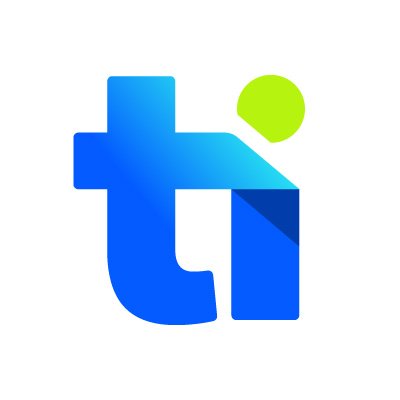The .io domain has become a popular choice for tech companies worldwide, representing innovation and digital transformation. However, the future of this domain faces uncertainty due to upcoming geopolitical changes involving the British Indian Ocean Territory (BIOT), where .io is officially registered. With the U.K. expected to transfer BIOT to Mauritius, the viability of .io as a country code top-level domain (ccTLD) could be at risk.
This potential shift brings into question the impact on companies that currently rely on .io domains. Such a geopolitical change may lead to .io’s removal from the Domain Name System (DNS) if it loses recognition as a ccTLD, similar to cases where ccTLDs were retired due to territory changes. Tech firms and other businesses invested in .io are therefore encouraged to consider the implications and prepare for several possible scenarios.
Originally intended for BIOT, .io has gained considerable traction among tech firms, with over 1.6 million registrations globally, despite BIOT lacking a permanent population. The domain’s popularity is largely attributed to its association with “input/output” (I/O), which resonates strongly with tech innovators and startups. However, its broad adoption also makes it vulnerable to geopolitical developments affecting the territory and, subsequently, the domain’s registration status.
Political disputes over BIOT have persisted between the U.K. and Mauritius, and in 2019, the International Court of Justice ruled that BIOT should be returned to Mauritius, a ruling also supported by the United Nations. If BIOT’s distinct territorial status changes, .io may be delisted from the ISO, prompting ICANN (the Internet Corporation for Assigned Names and Numbers) to retire the domain. This scenario would require many companies to migrate their websites and digital assets, posing a considerable challenge.
Looking forward, several paths could determine .io’s future: if BIOT remains recognised as a unique entity under Mauritius, .io may retain its ccTLD status, resulting in minimal disruption. However, if BIOT’s status changes, .io could be removed from the ISO list, which would lead to its eventual retirement. Alternatively, ICANN could reclassify .io as a generic top-level domain (gTLD), allowing continued use regardless of territorial connections, though this option may encounter regulatory hurdles. Another possibility is that .io could continue operating as a “stateless” ccTLD, similar to .su, which persists despite the dissolution of the Soviet Union.
For businesses relying on .io, the uncertainty brings specific risks. Migration to new domains could be both costly and technically complex, impacting everything from website updates to search engine rankings, potentially affecting web traffic and revenue. Additionally, many brands have embedded .io in their identity, and a forced switch could weaken brand recognition. Unanticipated disruptions or downtime could also harm customer trust, particularly in sectors where reliability is essential.
To mitigate these risks, companies using .io are encouraged to take proactive steps. Reviewing their domain strategy, securing backup domains, planning for potential infrastructure migration, and consulting with domain management experts can help ensure a smooth transition if necessary. Establishing alternative domains on stable gTLDs or newer tech-related TLDs can also offer flexibility in case a migration becomes unavoidable.
With the future of .io uncertain, companies should act now to strengthen their domain strategy. Proactively securing alternative domains, assessing dependency on .io, and preparing for possible migrations can provide stability in the face of geopolitical changes. As the digital landscape continues to evolve, a robust domain strategy and a proactive approach to risk management are key to maintaining a resilient online presence for whatever the future may hold.
Team Internet plc (LON:TIG) – formerly CentralNic – is a global internet solutions group headquartered in London. Leveraging world-class technologies and industry leading teams, they have been transforming the way organisations, brands, publishers and consumers connect and thrive online.


